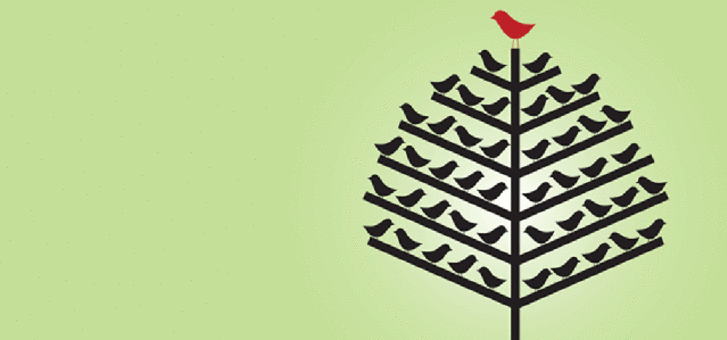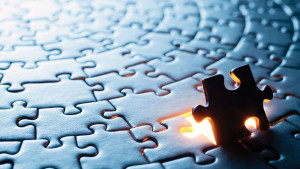From a distance it looked like a simple picture of a tree: nothing very artistic—more of a sketch in subtle shades of brown and green. But as I looked closer I noticed something unusual. The tree had been constructed out of words and phrases. Someone had collected snippets of information about their family and their ancestors, and written it down to form the trunk and the branches, using various shades of ink. Soon people’s names, birth dates, marriages, occupations, significant events and places emerged from the patterns in the picture.
By far the most interesting family trees are those that have stories tucked away in them. I want to know something about my ancestors. I want them to take shape and come alive and become more than a name in copperplate script. I want to know what made them laugh, what they enjoyed doing, what inspired them, what made them cry and what they wanted to pass onto the generations that followed them.
I discovered that my (great- great- great- great-) great-grandfather was deported to Australia for committing an armed robbery in Oxfordshire in the late 1700s. He left a wife and six children. He died seven months after landing on Australian soil. His family probably never knew what became of him, and I’ve wondered how that experience affected their lives.
Family trees can be created in different ways. Many are simple diagrams showing names, dates and relationships, tracing the family back over several generations. Some contain faded photographs. Some come with a box of “treasures”—the first lock of hair snipped from the tousled head of a toddler; a piece of lace from great-grandmother’s wedding veil; uncle Pete’s pocket watch; a school report; newspaper clippings and wedding certificates.
growing your own tree
In my work as a family therapist one of the most insightful activities I do with my clients is to help them construct their family tree.
Together, we gather the information about everyone they know in their family and we lay it out on a large sheet of paper. Sometimes we start by writing people’s names on small sticky notes—one colour for men and another colour for the women—and we write their birth dates or ages below their names.
Then we group them into families and start laying them out to make a family tree, or genogram (a diagram of their genealogy). Once we’ve finished making the tree, we explore it together. I’m often amazed at how people use this activity to discover new ways of thinking about themselves and their families and the powerful effect it can have on their lives.
The great thing is you don’t need an appointment with a family therapist to have this experience. You can create your own family tree or genogram and use it to learn more about your own important relationships.
how to create your own genogram
Take two different colours of small sticky notes or paper rectangles of about 2.3cm each. Use one colour for male family members and another colour for females. Write the name of every relation you know on a separate sticky note. Then group different families together.
Take a large sheet of paper and stick the youngest generation at the bottom of the page and work up the page a generation at a time. The great thing about sticky notes is that you can keep moving them around if you need to adjust the spacing. Draw lines between the people who marry or form partnerships and write the date that they were married or began living together along this line. If they have children, arrange them below the couple line, starting with the eldest at the left side of the line. Link each child to their parents’ couple line with a vertical line.
If a couple divorces or splits up, draw two parallel lines through their couple line and write the date that they split. You’ll need space for everyone’s couple relationships and children. Some families may have split and made new families several times and you may have to be creative about how you show these different relationships.
The bigger your family, the more complicated this process can be. But the important thing is that your diagram makes sense to you. Keep it small to begin with.
As you create your genogram, it is important to take care of yourself. If looking at your family brings up painful memories or distresses you, leave it for awhile or find someone helpful to talk to.
Once you have all the information about your family tree in one place, you can begin to explore it. You can do this on your own, but it is more interesting to do it with some of the other people in your family.
creative ways of using your genogram
Our families become a rich resource as we discover the timeless treasures they have handed down to us, treasures of love, resilience and wisdom, which are far more valuable than their wealth, possessions and heirlooms.






